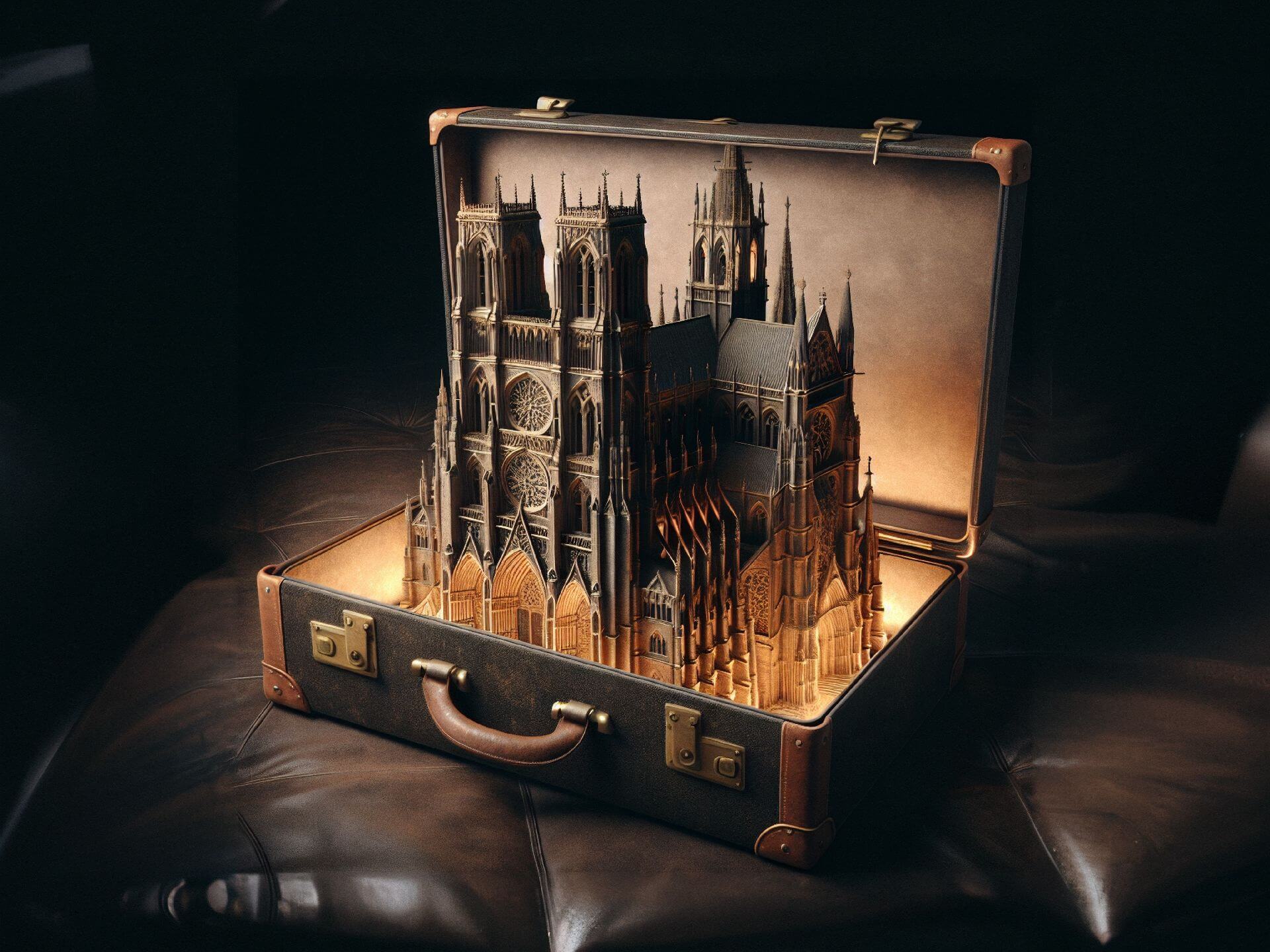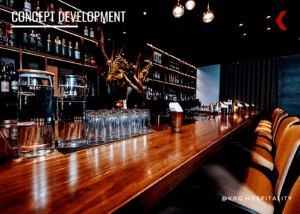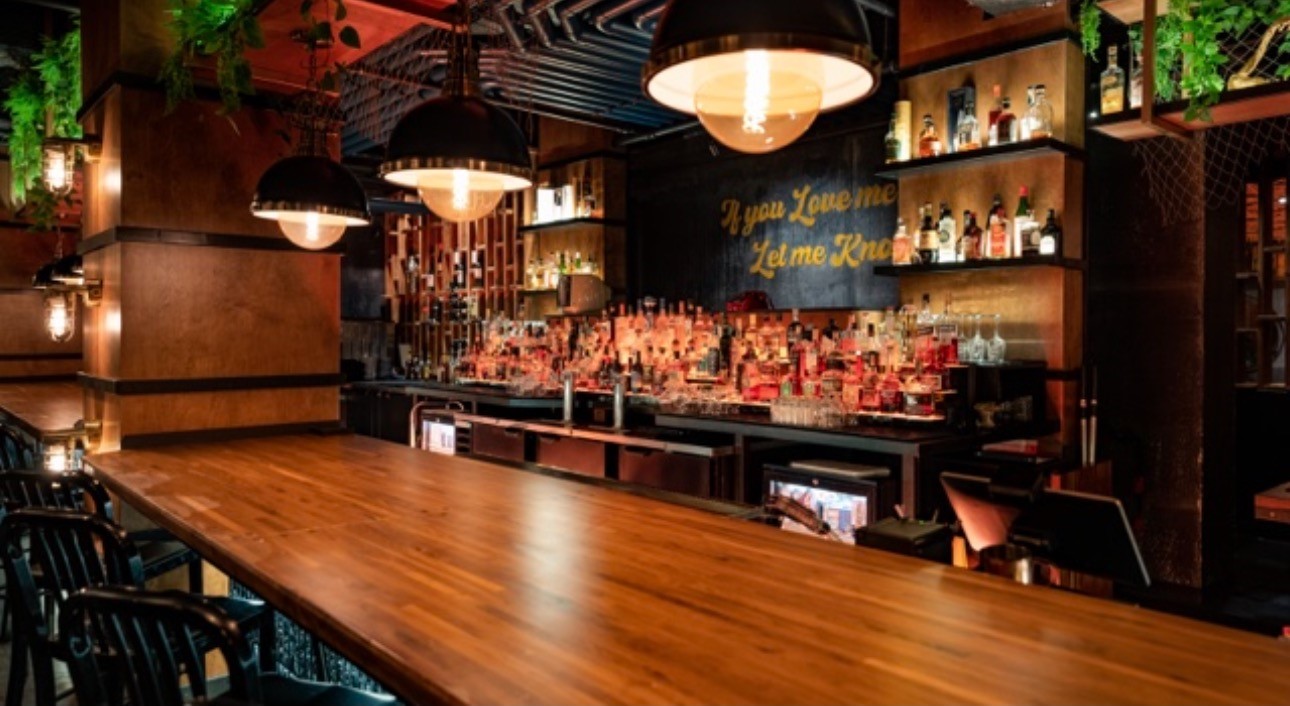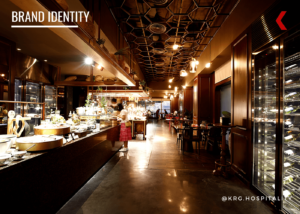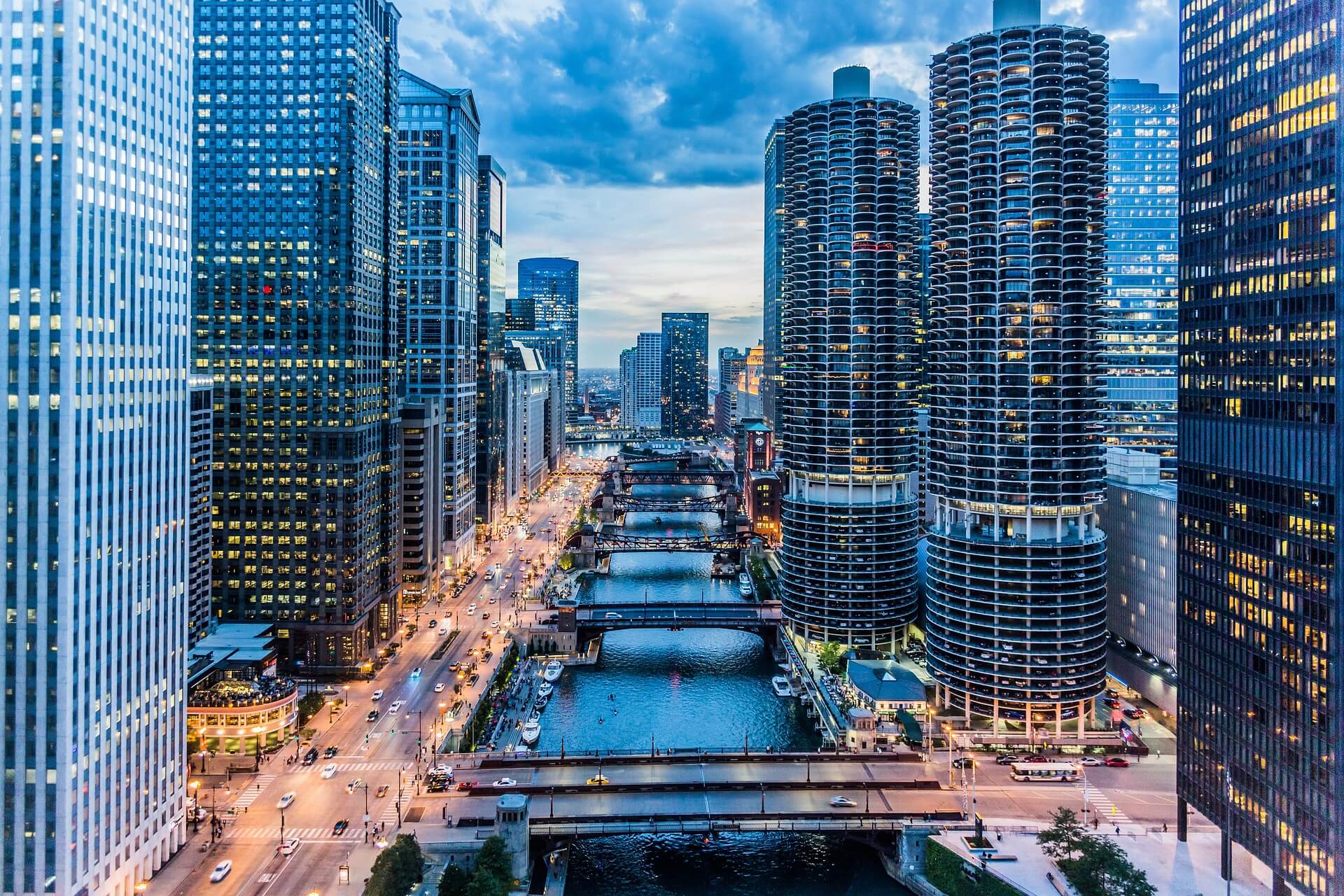Restaurant Concept Development: From Idea to Execution
by Nathen Dubé
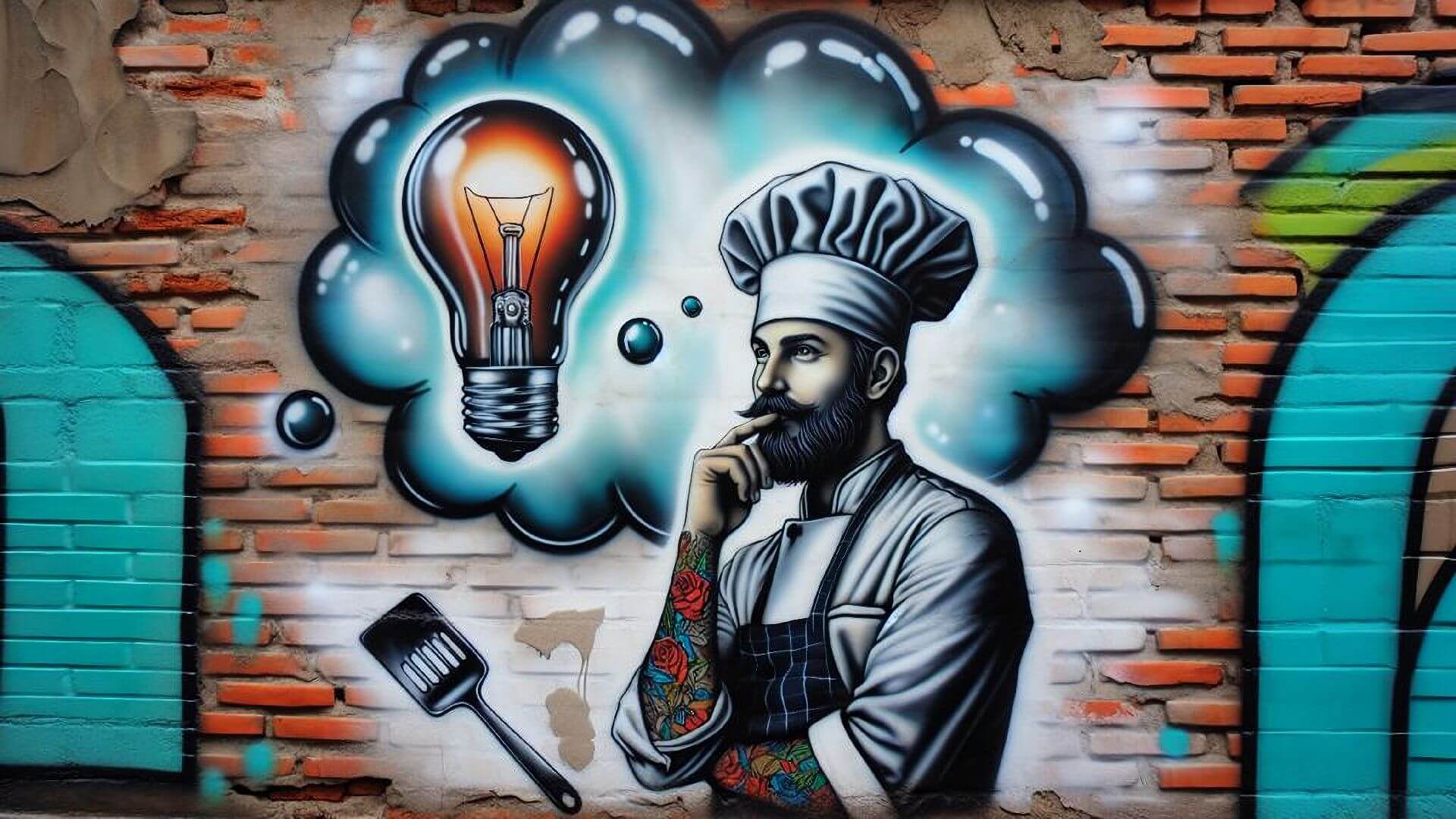
A big light bulb means a great, big idea is coming.
Creating a restaurant concept is an intricate process that requires blending creativity, an understanding of a given market, and business acumen.
From the initial idea to the grand opening, each step is crucial in ensuring that the restaurant not only stands out in a competitive market but also delivers a memorable dining experience.
In this comprehensive guide, we’ll explore the essential stages of restaurant concept development, providing insights and strategies to turn your vision into a thriving reality.
1. Ideation: Craft Your Vision
The journey of developing a restaurant concept begins with a compelling idea. This idea should reflect your passion, culinary expertise, and a clear understanding of your target market.
Below, how to start down the path from vision to reality.
Identify Your Niche
A deep understanding of the niche you want to fill in the market is critical. Are you aiming for a high-end fine dining experience, a casual eatery, a fast-casual concept, or a food truck?
Research current market trends, consumer preferences, and gaps in the market to find your unique angle.
Define Your Concept
Your concept should be a detailed description of your restaurant’s identity. This includes the cuisine, service style, ambiance, target audience, and overall theme.
For example, are you creating a rustic Italian trattoria, a chic urban sushi bar, or a family-friendly diner?
Create a Vision Statement
A vision statement is a concise description of what you want your restaurant to achieve, and how it will stand out. This statement will guide your decisions throughout the development process.
2. Market Research: Understanding the Landscape
Thorough market research is essential to validate your concept and refine your strategy. This step involves analyzing the competitive landscape, understanding customer preferences, and identifying potential challenges.
Analyze Competitors
Visit and analyze restaurants that could be considered competitors. Evaluate their strengths and weaknesses, menu offerings, pricing strategies, and guest experience.
Understanding what works and what doesn’t can help you position your restaurant effectively.
Understand Your Target Audience
Identify your target demographic in terms of age, income, lifestyle, and dining preferences. Conduct surveys, focus groups, and interviews to gather insights into what will attract and resonate with your guests.
Evaluate Location Options
Location is a critical factor in the success of a restaurant. Analyze different locations based on foot traffic, accessibility, visibility, and proximity to competitors. Consider the demographics of the area to ensure they align with your target audience.
3. Business Planning: Laying the Foundation
A well-crafted business plan is essential for securing funding and guiding the execution of your restaurant concept. It should outline your strategy, financial projections, and operational plan.
Executive Summary
Provide a concise overview of your restaurant concept, including the vision statement, target market, and unique selling proposition (USP).
Market Analysis
Summarize your market research, including competitor analysis, target audience insights, and location evaluation.
Marketing Strategy
Detail how you plan to attract and retain customers. This includes branding, advertising, promotions, and social media strategies.
Operational Plan
Describe your restaurant’s daily operations, including staff roles and responsibilities, supplier relationships, and inventory management.
Financial Projections
Provide detailed financial projections, including startup costs, operating expenses, revenue forecasts, and break-even analysis. This section should also include funding requirements, and potential sources of financing.
4. Branding and Design: Creating an Identity
Your restaurant’s brand and design play a crucial role in attracting guests, and creating a memorable dining experience.
This step involves developing your brand identity, designing the physical space, and creating marketing materials.
Develop Your Brand Identity
Your brand identity includes your restaurant’s name, logo, color scheme, typography, and overall visual style. Ensure that it reflects your concept and appeals to your target audience.
Design the Interior and Exterior
Work with architects and interior designers to create a space that reflects your concept and enhances the dining experience.
Consider factors such as layout, seating arrangements, lighting, and décor. The exterior should be inviting and reflect the brand’s identity.
Create Marketing Materials
Develop a website, social media profiles, menus, and promotional materials that align with your brand. High-quality photography and compelling content are essential for attracting customers and creating a strong online presence.
5. Menu Development: Crafting Culinary Offerings
The menu is the heart of your restaurant concept. It should reflect your vision, appeal to your target audience, and be feasible to execute consistently.
Design a Balanced Menu
Create a menu that offers a variety of dishes that reflect your concept. Ensure a balance of flavors, textures, and price points.
Consider dietary restrictions and preferences to cater to a diverse customer base.
Cost and Pricing
Accurately cost each menu item to ensure profitability. Consider ingredient costs, portion sizes, and preparation time.
Set prices that reflect the value of your offerings while remaining competitive in the market.
Test and Refine
Conduct taste tests and gather feedback from potential guests, industry professionals, and staff. Use this feedback to refine your dishes and ensure they meet your quality standards.
6. Staffing and Training: Building Your Team
Your staff is a crucial component of your restaurant’s success. Hiring the right team and providing comprehensive training ensures a consistent and high-quality dining experience.
Hire Skilled Staff
Recruit chefs, servers, bartenders, and other staff who have the skills and experience needed to execute your concept. Look for individuals who are passionate about your vision and have a strong work ethic.
Develop Training Programs
Create comprehensive training programs that cover everything from food preparation and presentation to customer service and safety protocols. Regular training sessions and evaluations help maintain high standards.
Foster a Positive Culture
Encourage a positive and collaborative work environment. Recognize and reward outstanding performance, and address issues promptly to maintain morale and productivity.
7. Marketing and Promotion: Attracting Customers
Effective marketing and promotion are essential for attracting customers and building a loyal guest base. This involves both online and offline strategies to generate buzz and drive traffic.
Leverage Social Media
Use social media platforms to showcase your restaurant’s unique offerings, engage with potential customers, and build a community. Share high-quality photos, behind-the-scenes content, and promotions to attract and retain followers.
Collaborate with Influencers
Partner with local influencers and food bloggers to reach a wider audience. Inviting them to dine at your restaurant and share their experiences can generate valuable word-of-mouth promotion.
Host Events and Promotions
Organize events such as soft openings, tastings, and special promotions to generate excitement and attract customers.
Consider loyalty programs and discounts to encourage repeat visits.
Public Relations
Reach out to local media outlets and food critics to secure coverage of your restaurant. Positive reviews and features can significantly boost your visibility and credibility.
8. Execution: Bringing Your Concept to Life
The final step is the execution of your concept.
This involves managing the logistics of opening day, ensuring a smooth operation, and continually refining your approach based on feedback and performance.
Prepare for Opening Day
Ensure that all permits and licenses are in place, staff are trained, and inventory is stocked.
Conduct a soft opening to test your operations and make any necessary adjustments.
Monitor Operations
Regularly evaluate your restaurant’s performance, including customer feedback, financial metrics, and operational efficiency. Use this data to identify areas for improvement and implement changes as needed.
Stay Adaptable
The restaurant industry is dynamic, and trends can change quickly. Stay informed about industry developments and be willing to adapt your concept to meet evolving customer preferences and market conditions.
Conclusion
Restaurant concept development is a multifaceted process that requires careful planning, creativity, and execution.
Following these steps to guide your vision and transform it into a brick-and-mortar reality. Doing so will give you the strongest chance to create a restaurant that stands out in the market, and that delivers a memorable dining experience.
Remember, the key to success lies in a clear vision, thorough research, strategic planning, and a commitment to excellence.
Embrace the journey, learn from each step, and watch your restaurant concept come to life, delighting diners and making a lasting impact in the culinary world.
Image: Shutterstock. Disclaimer: This image was generated by an Artificial Intelligence (AI) system.


